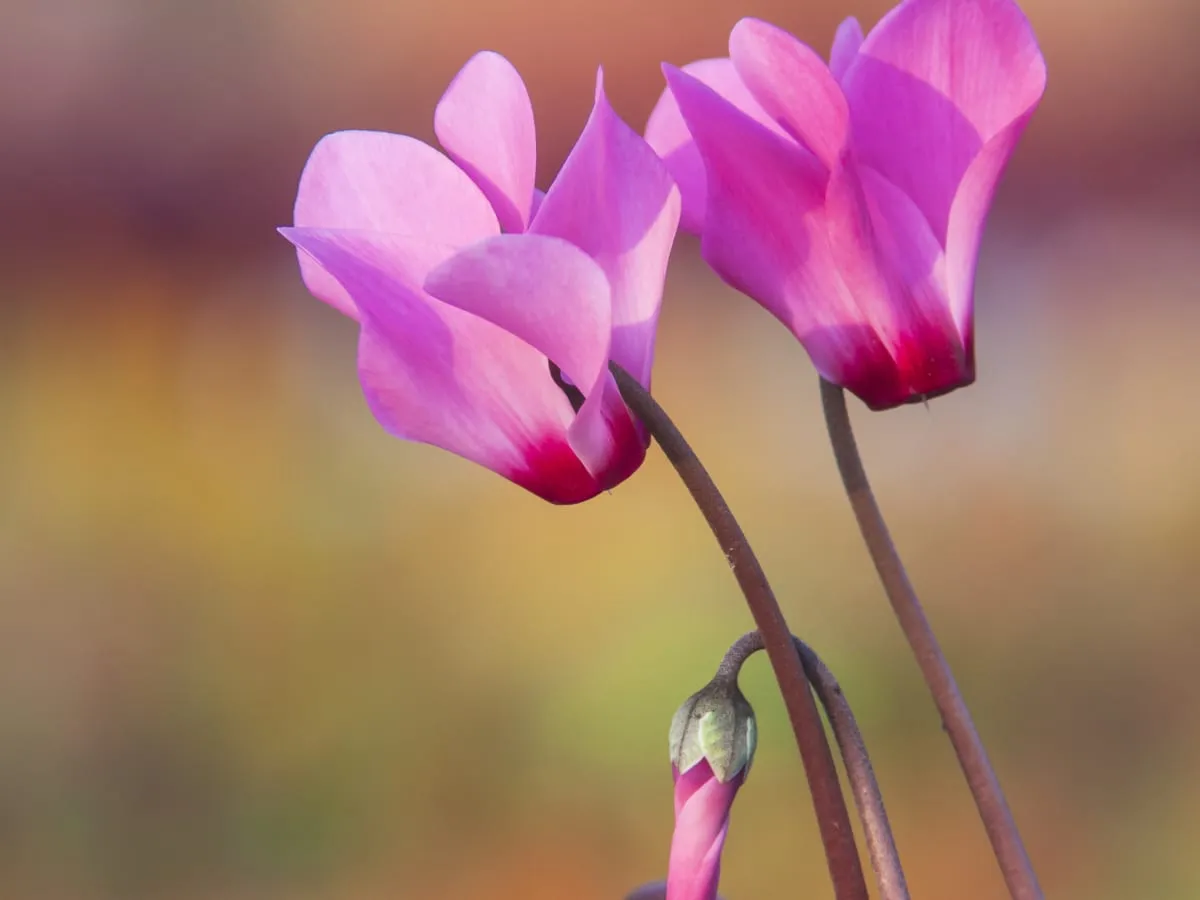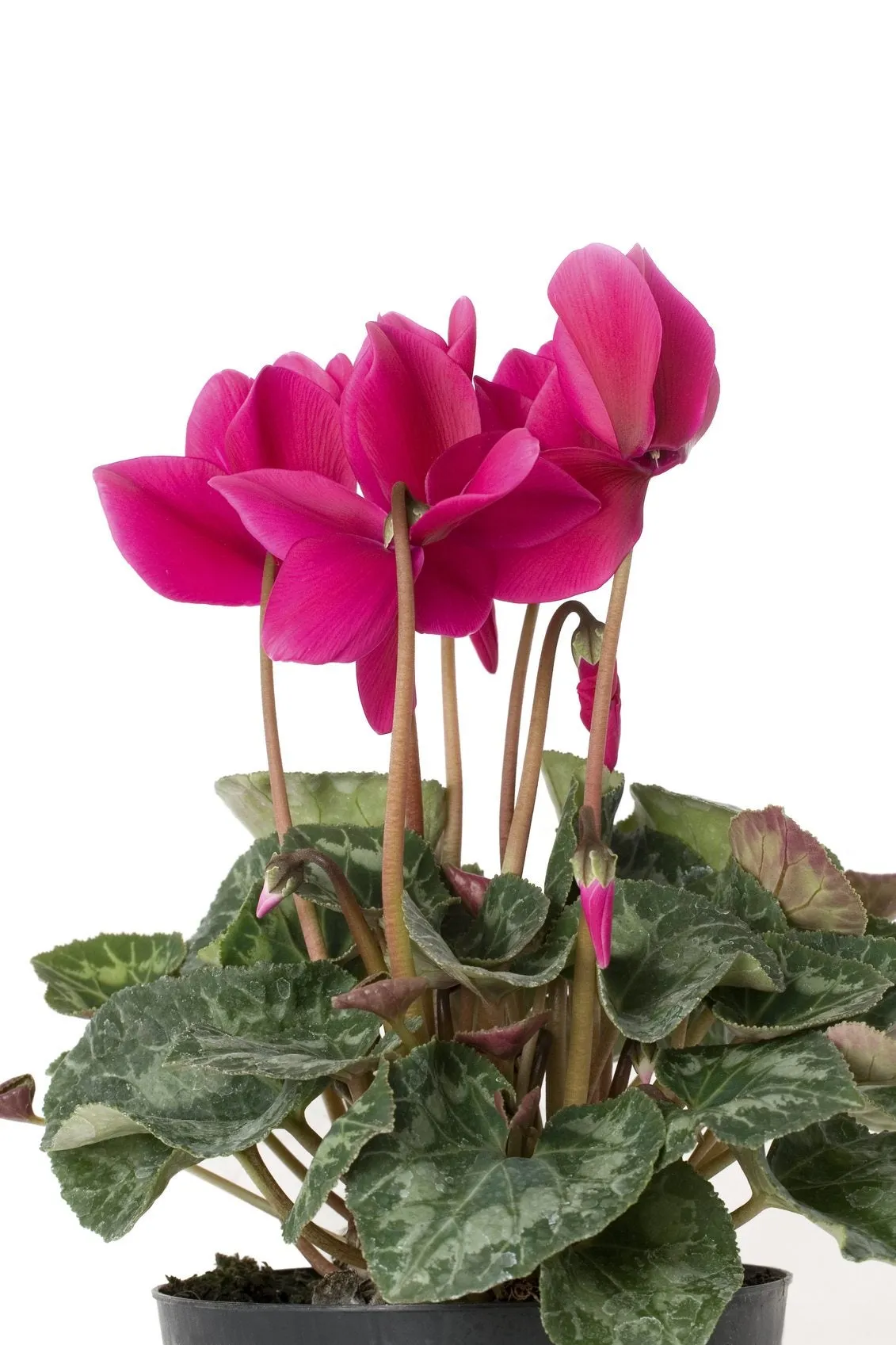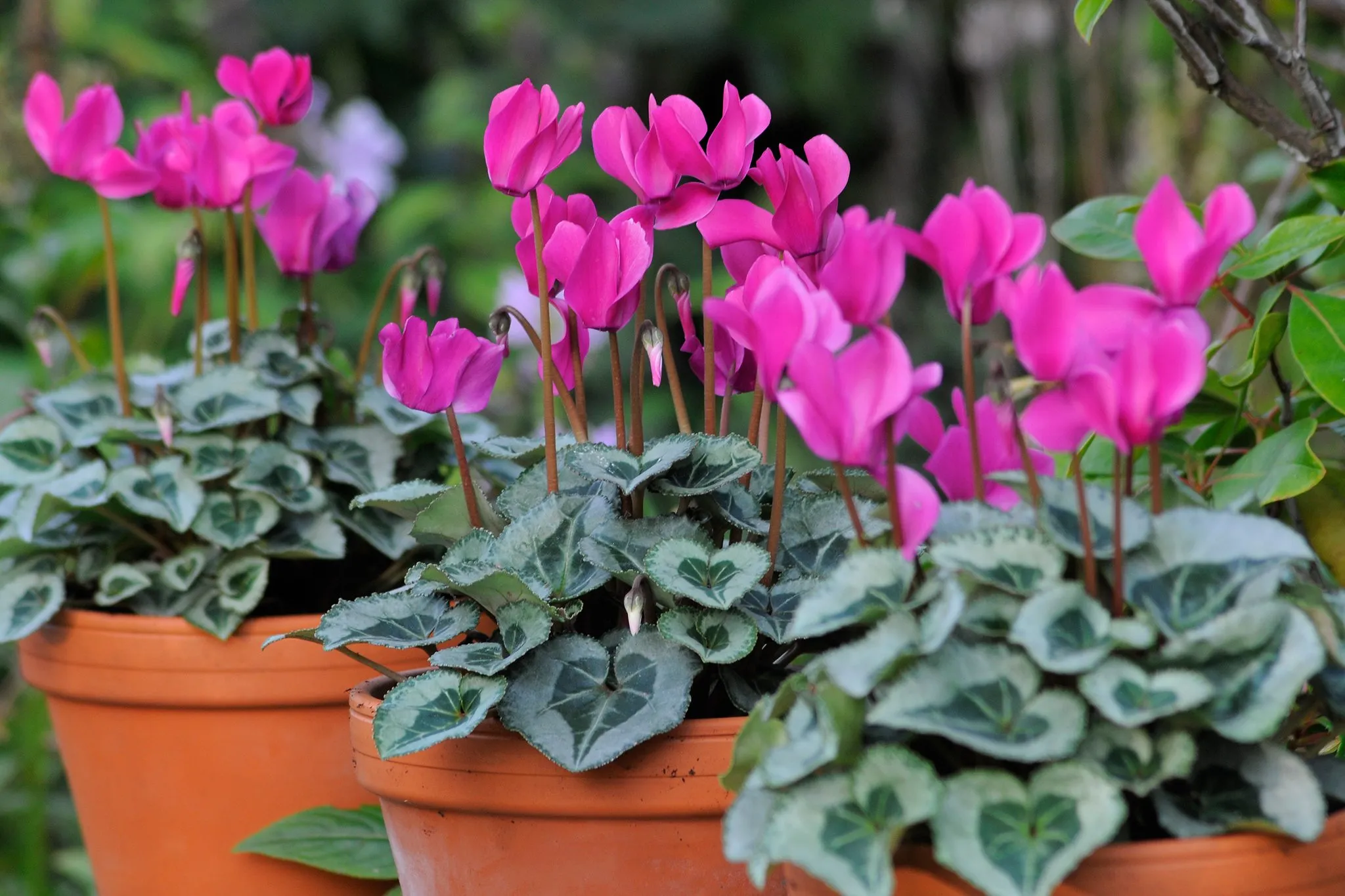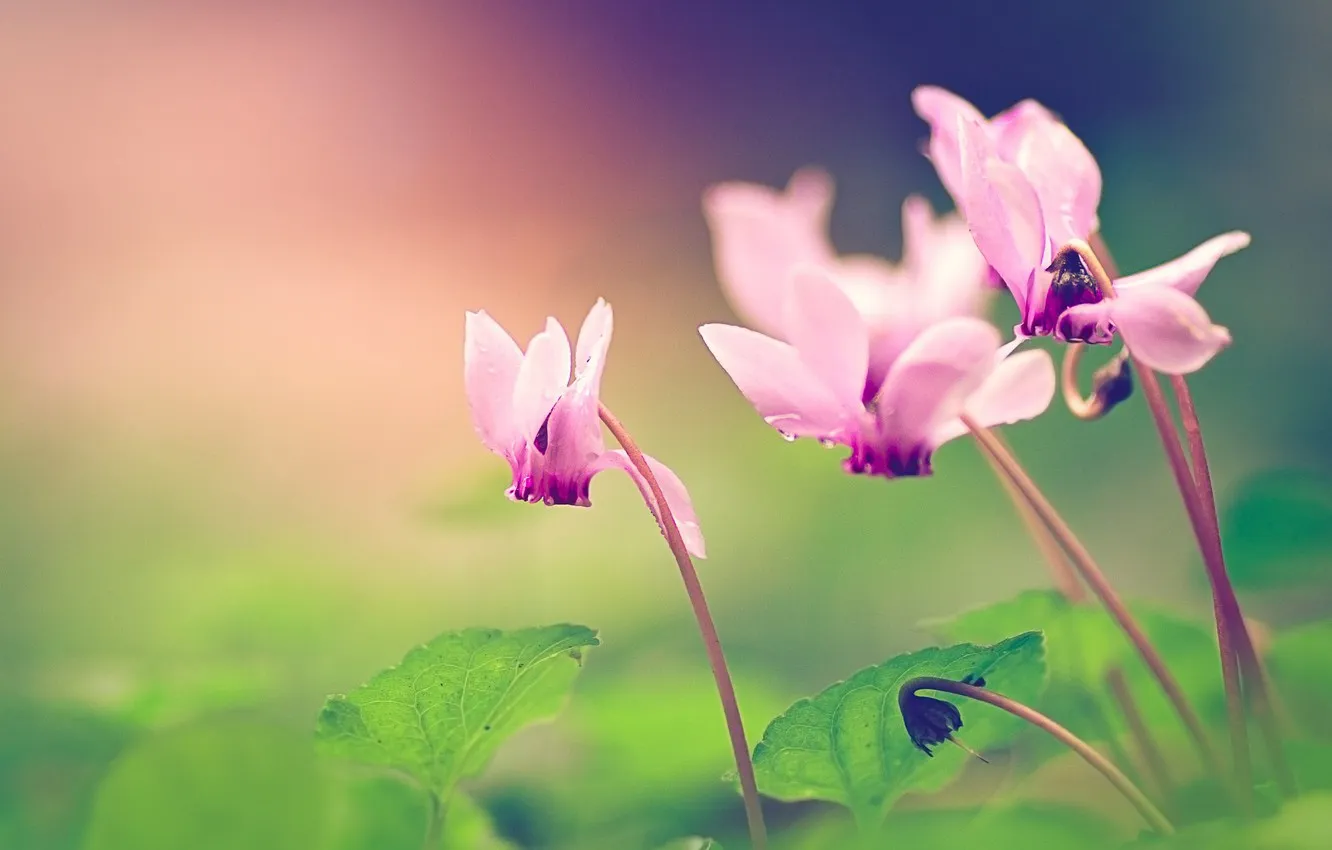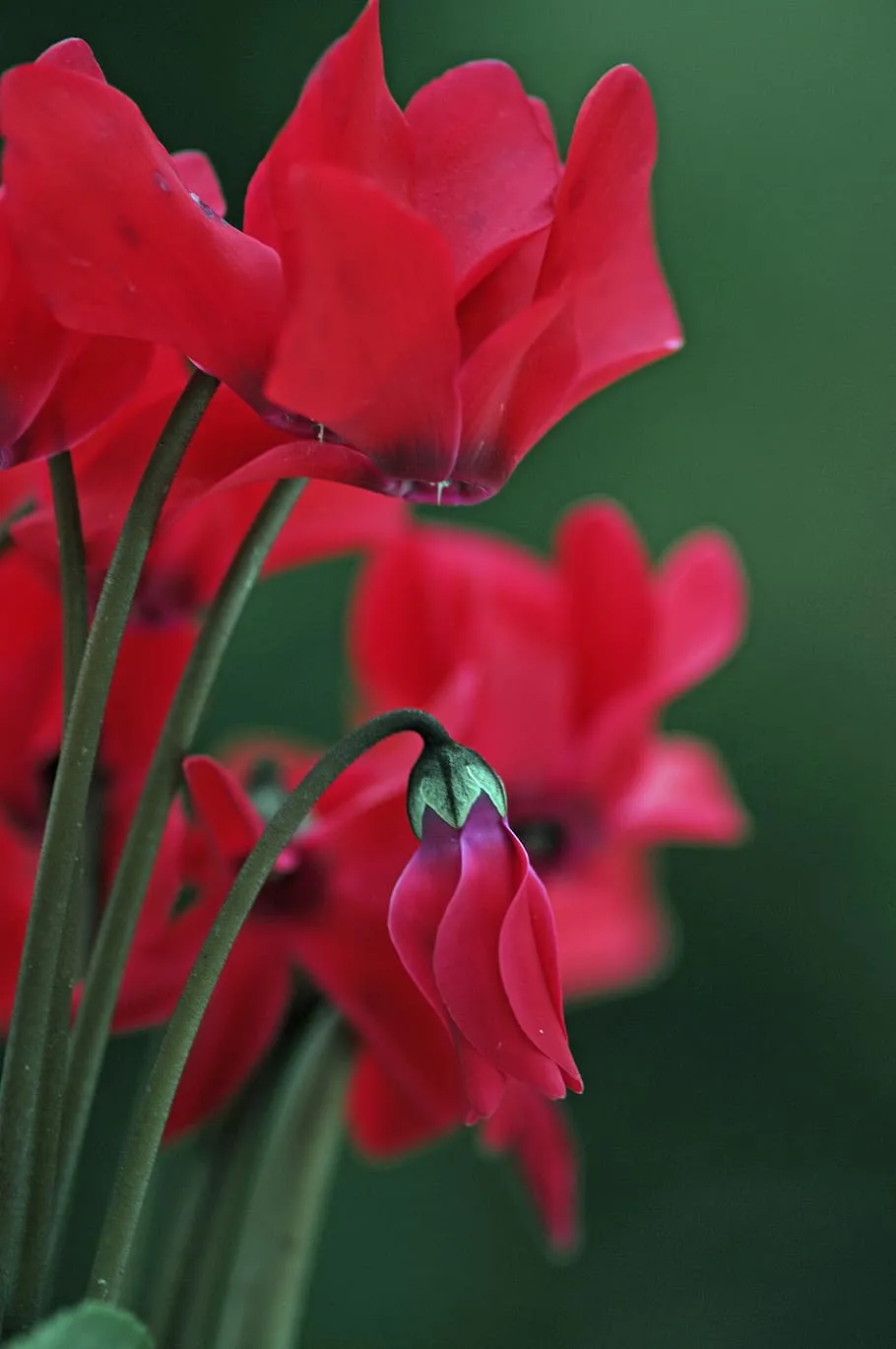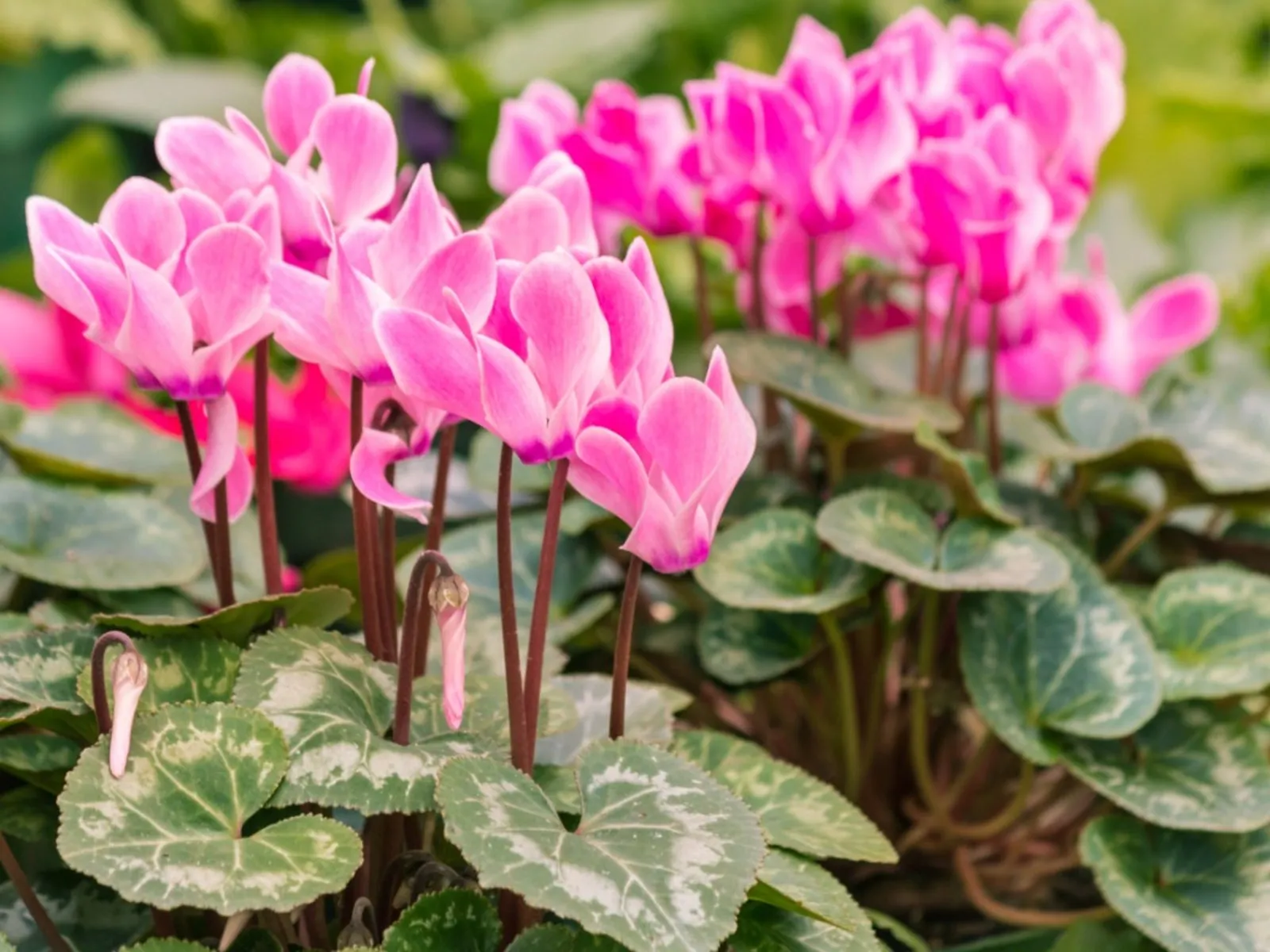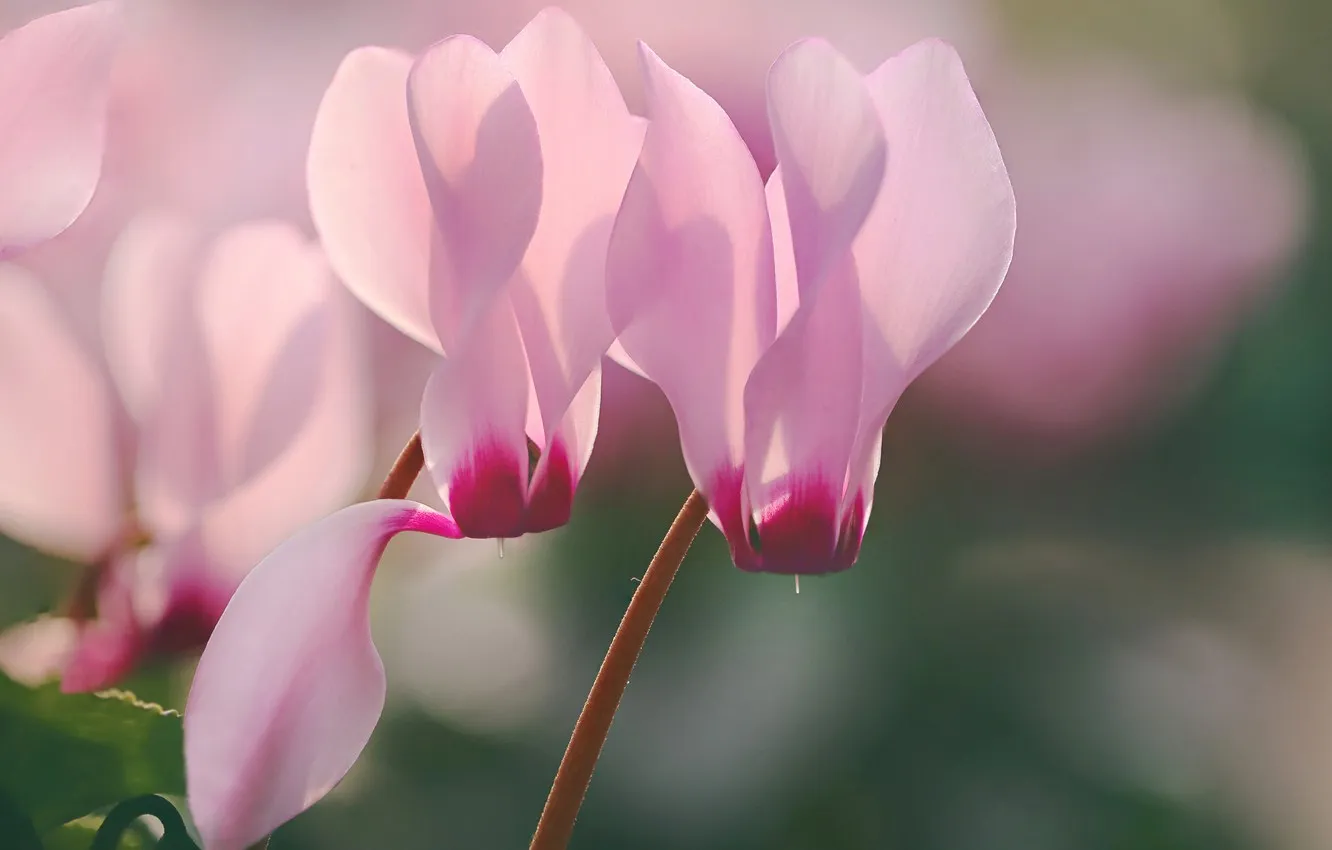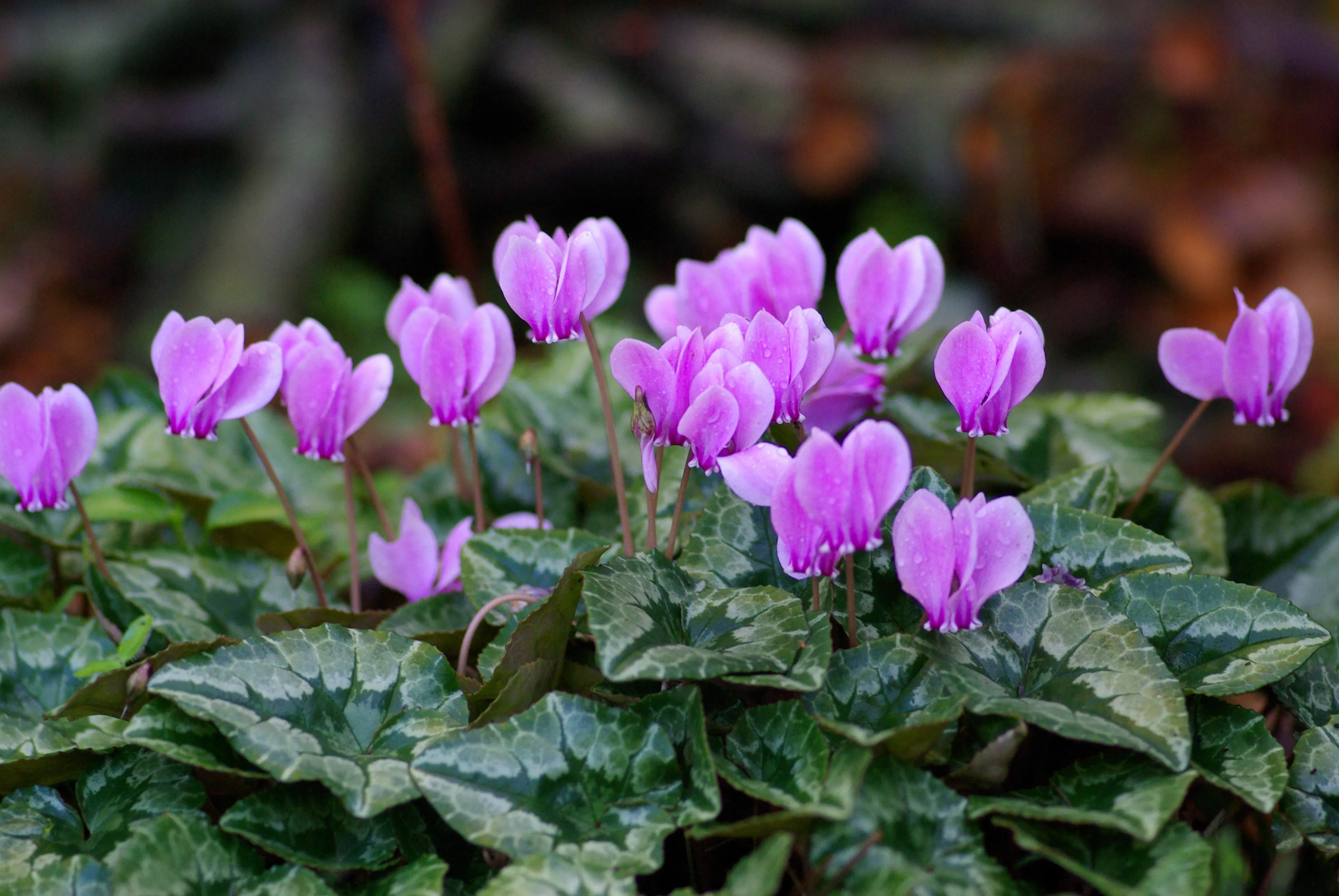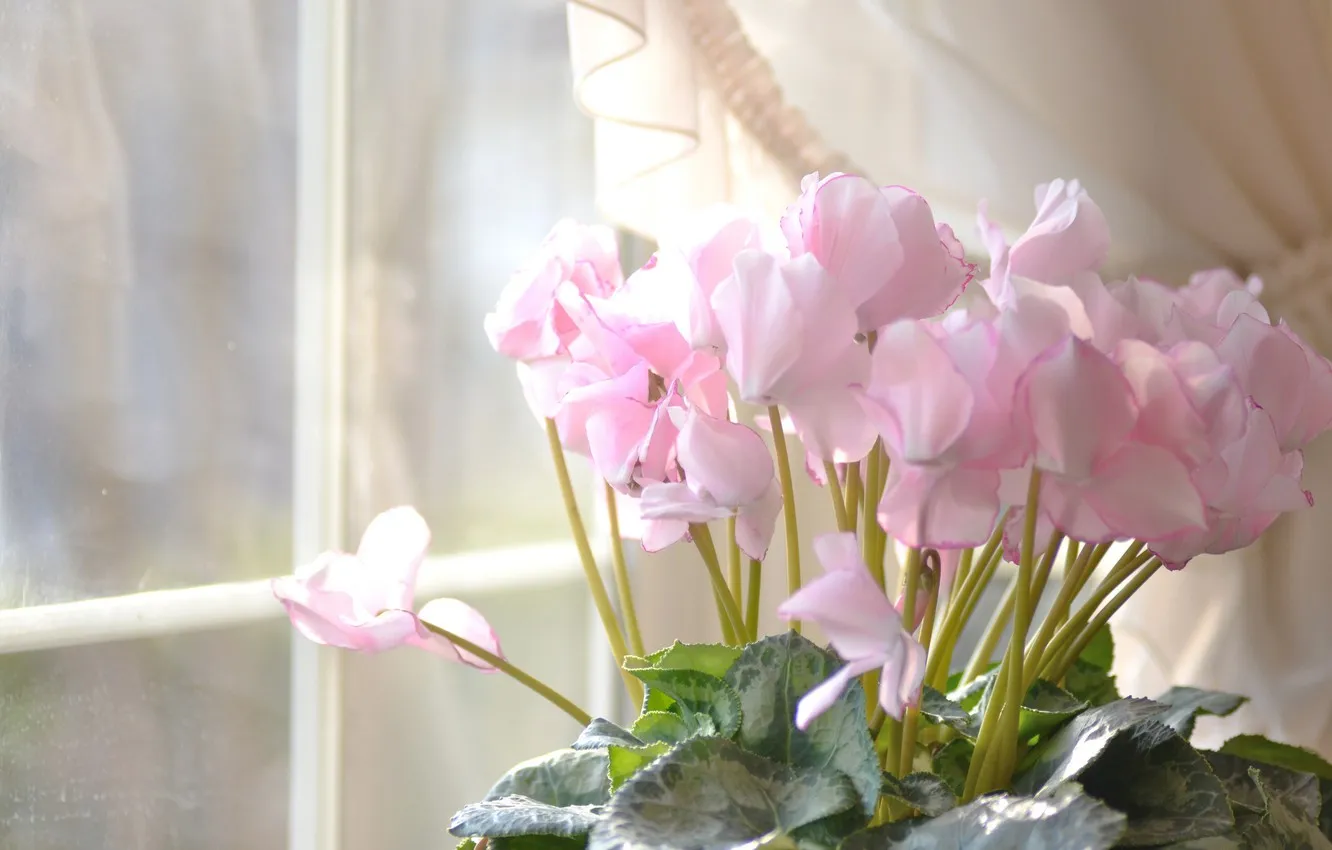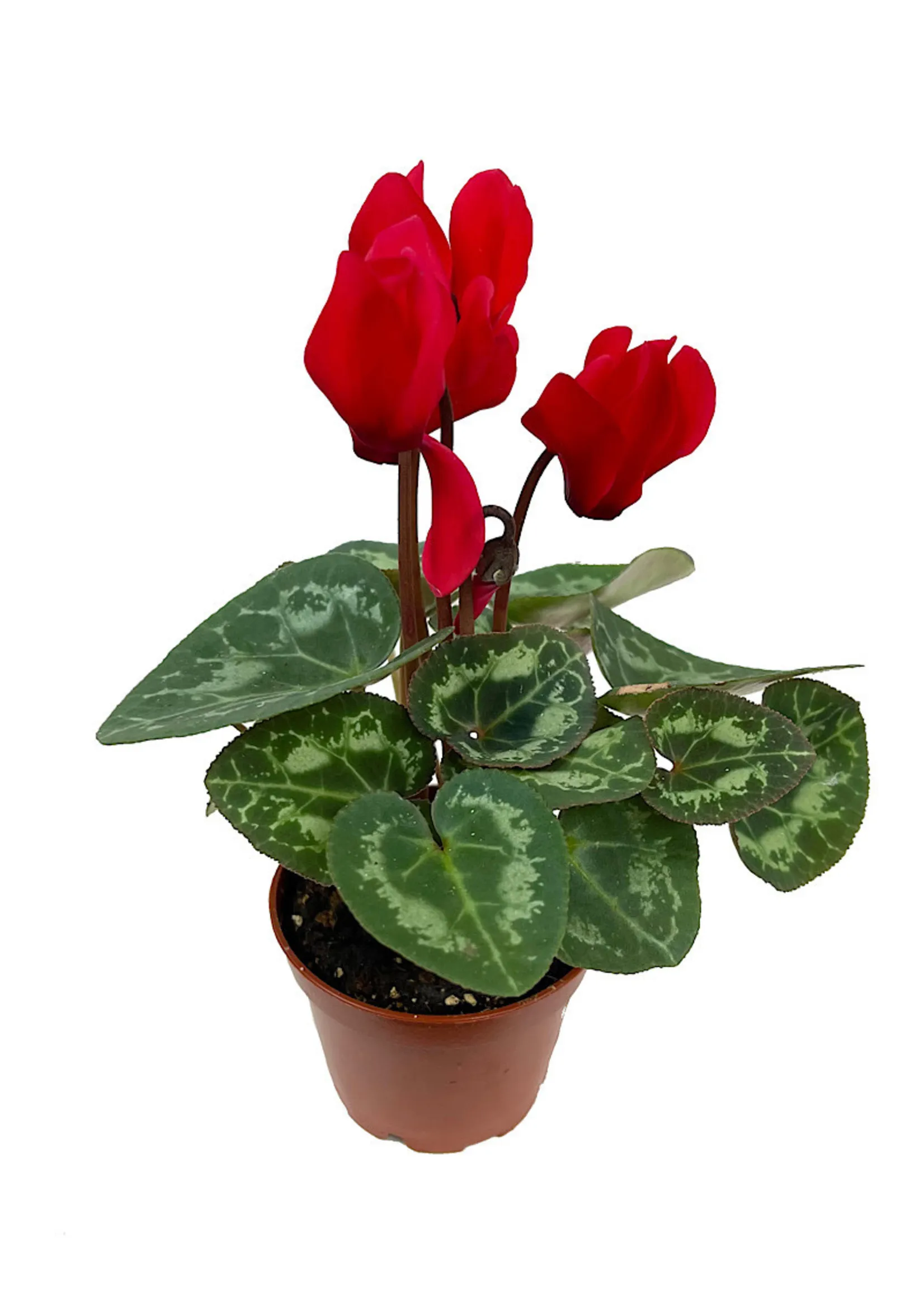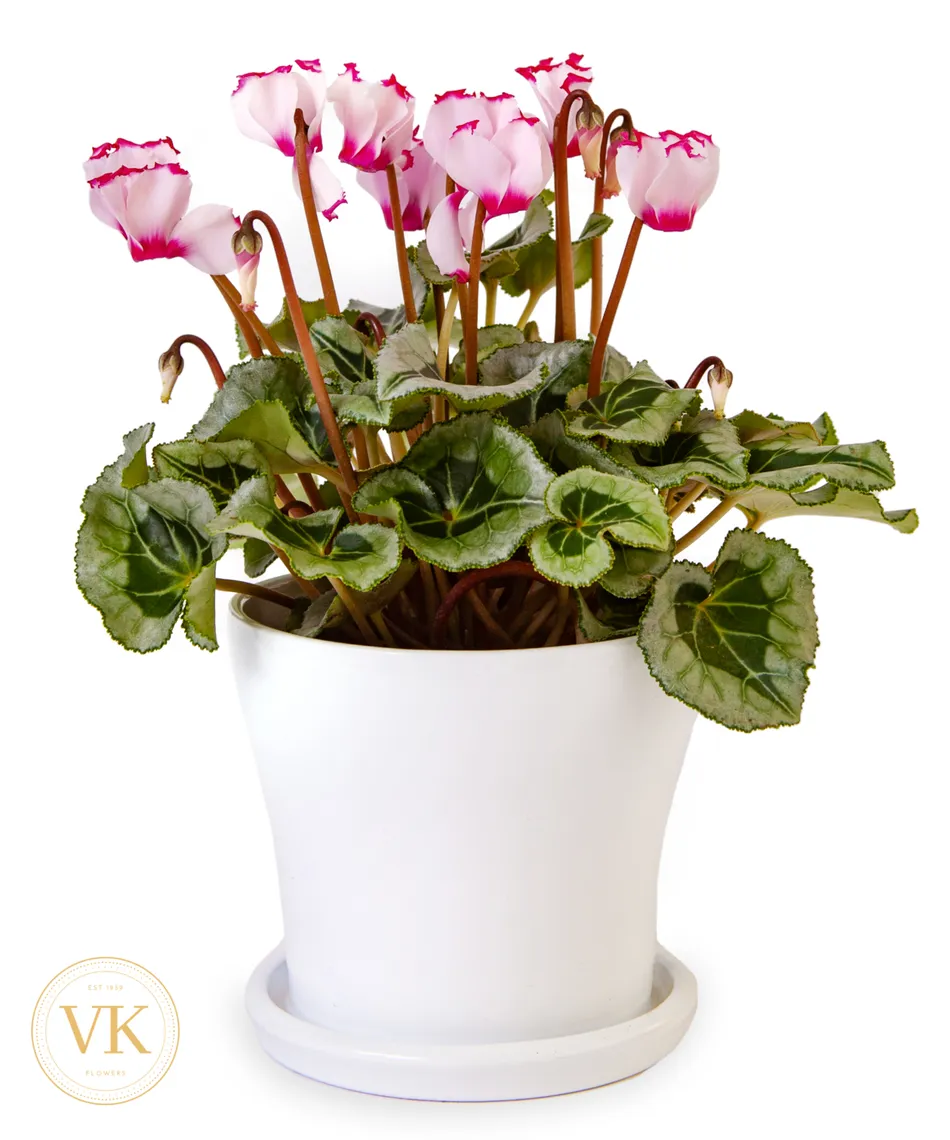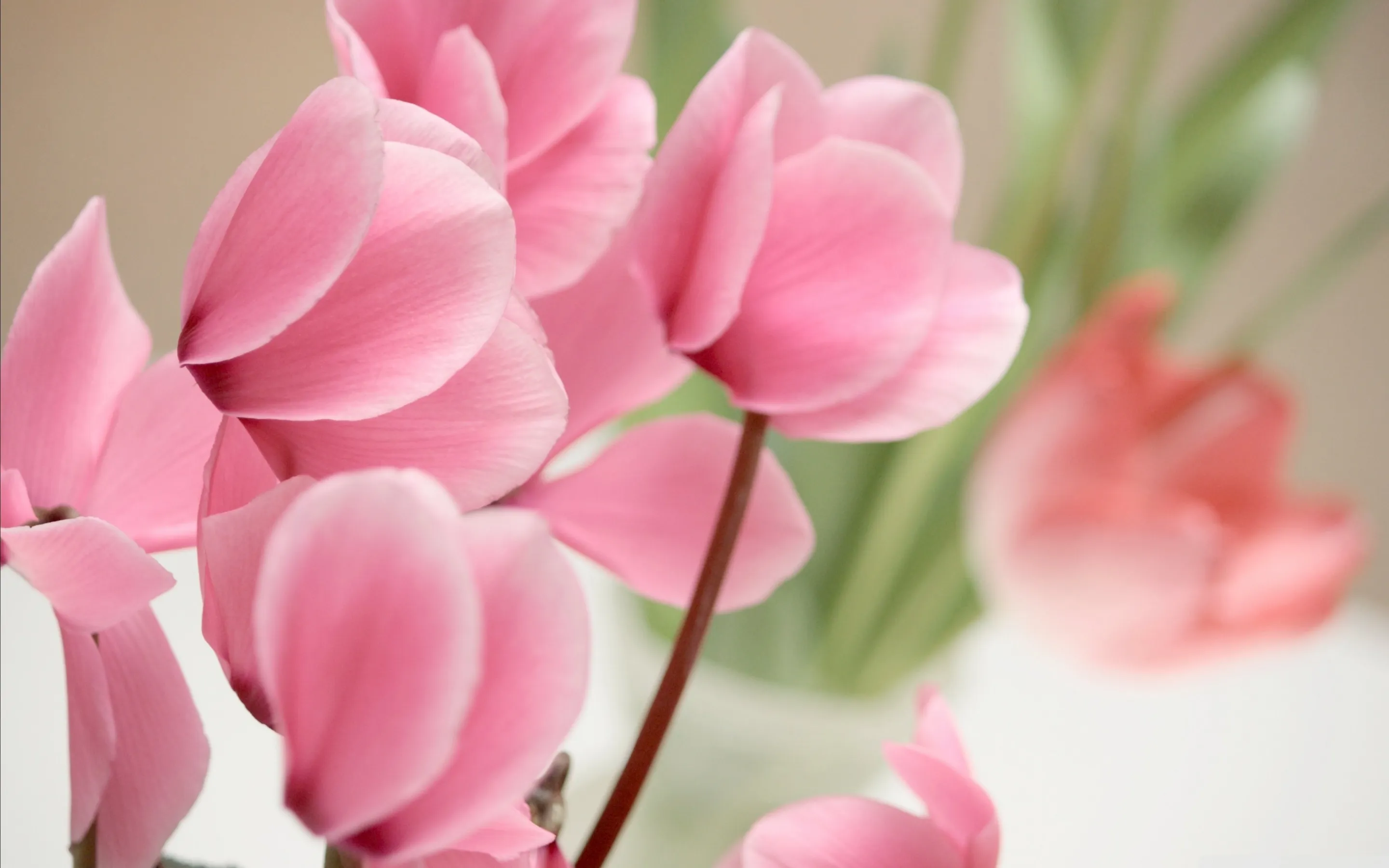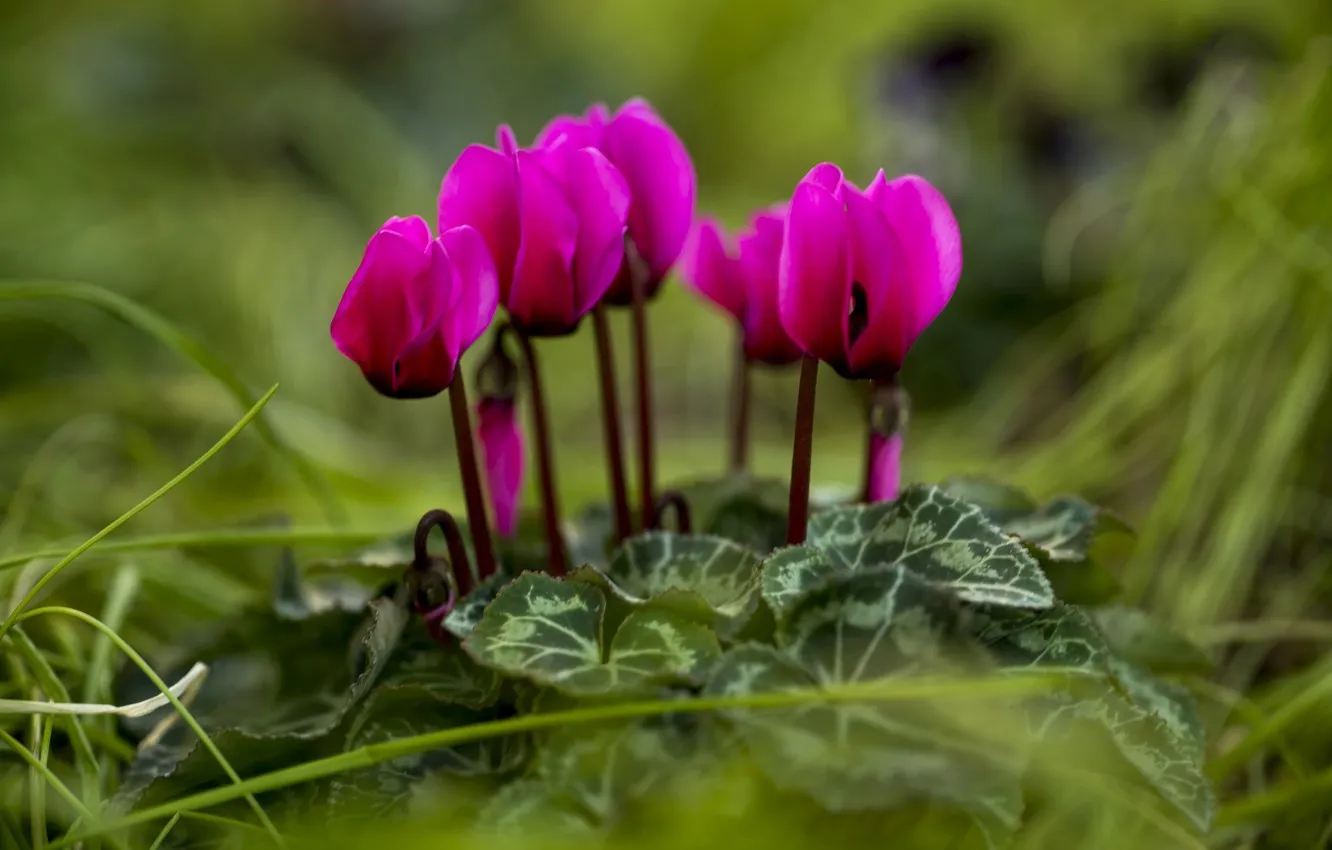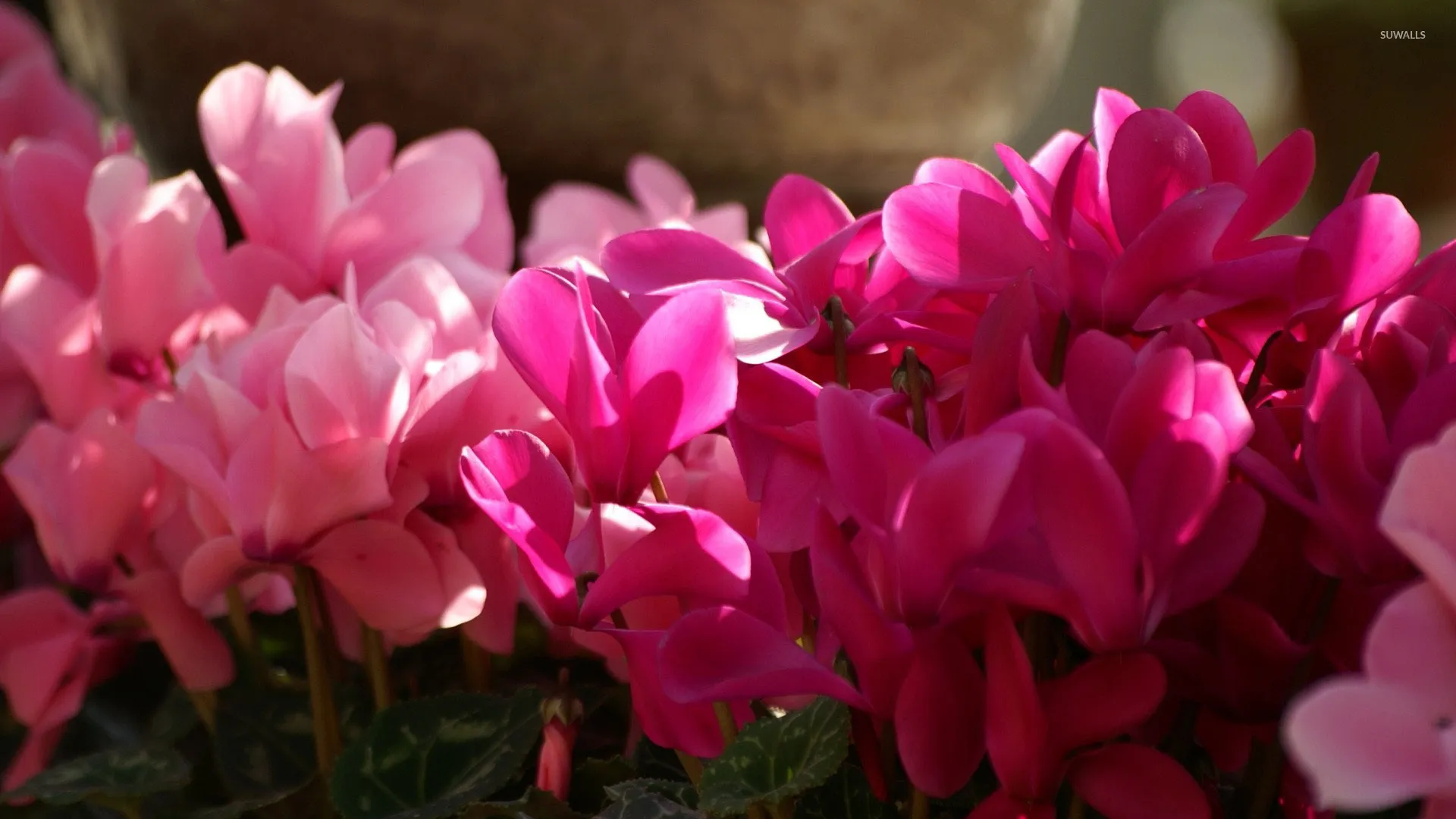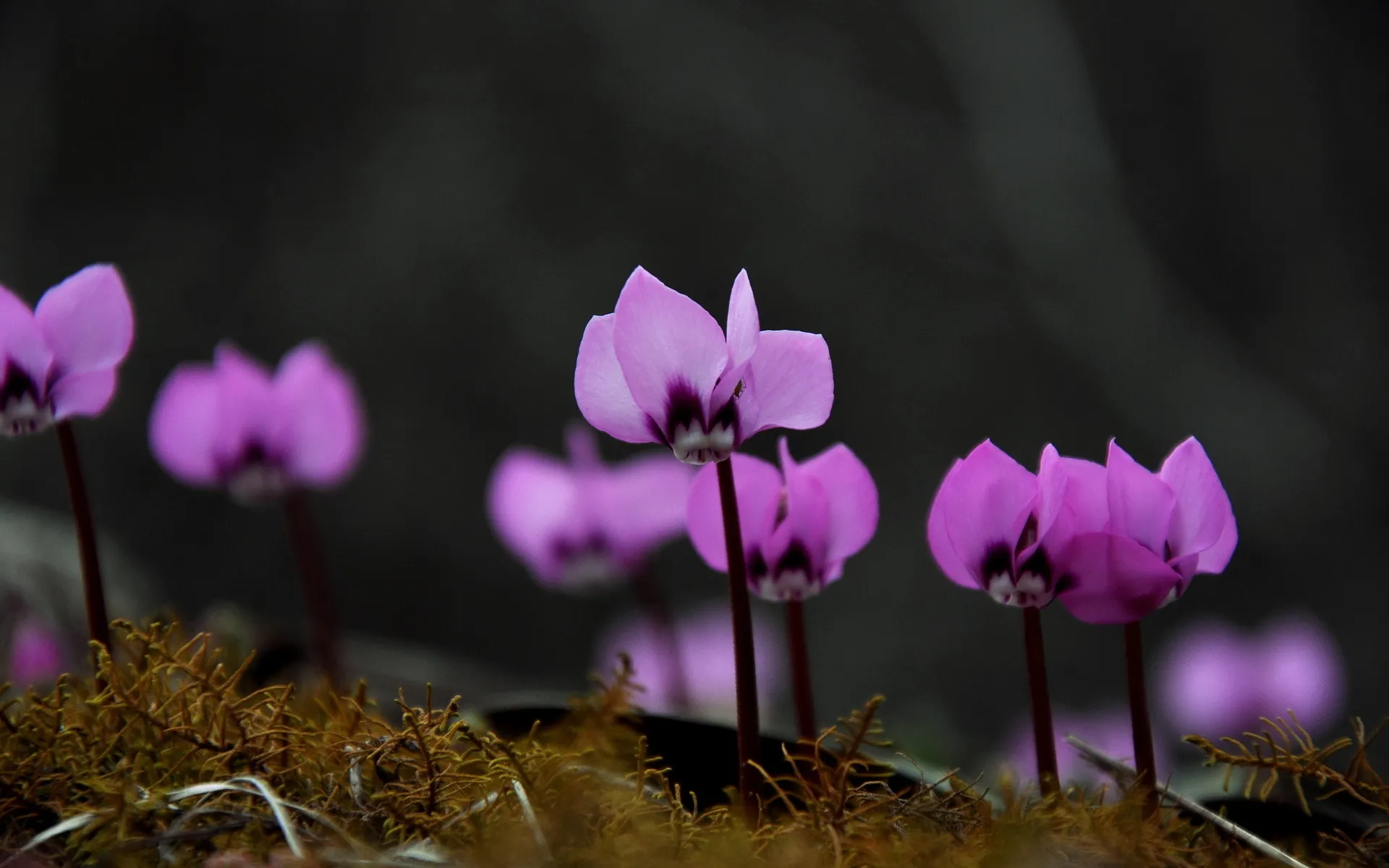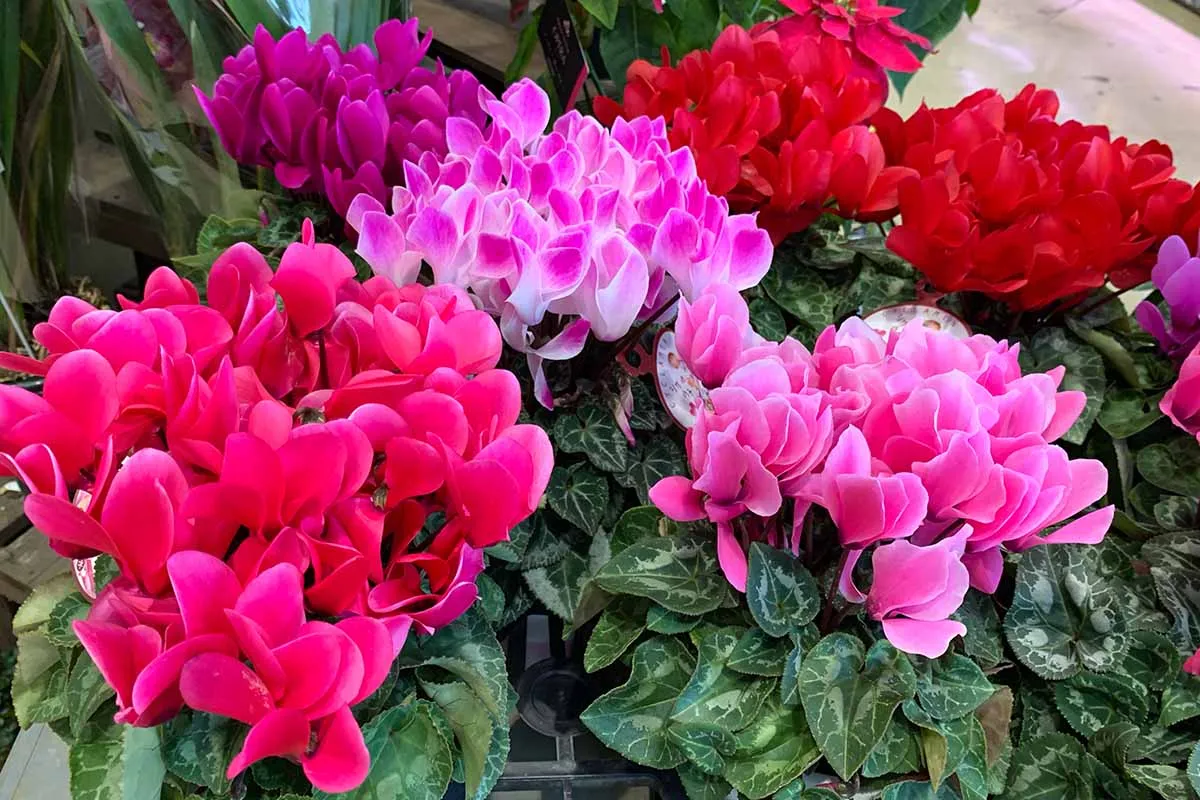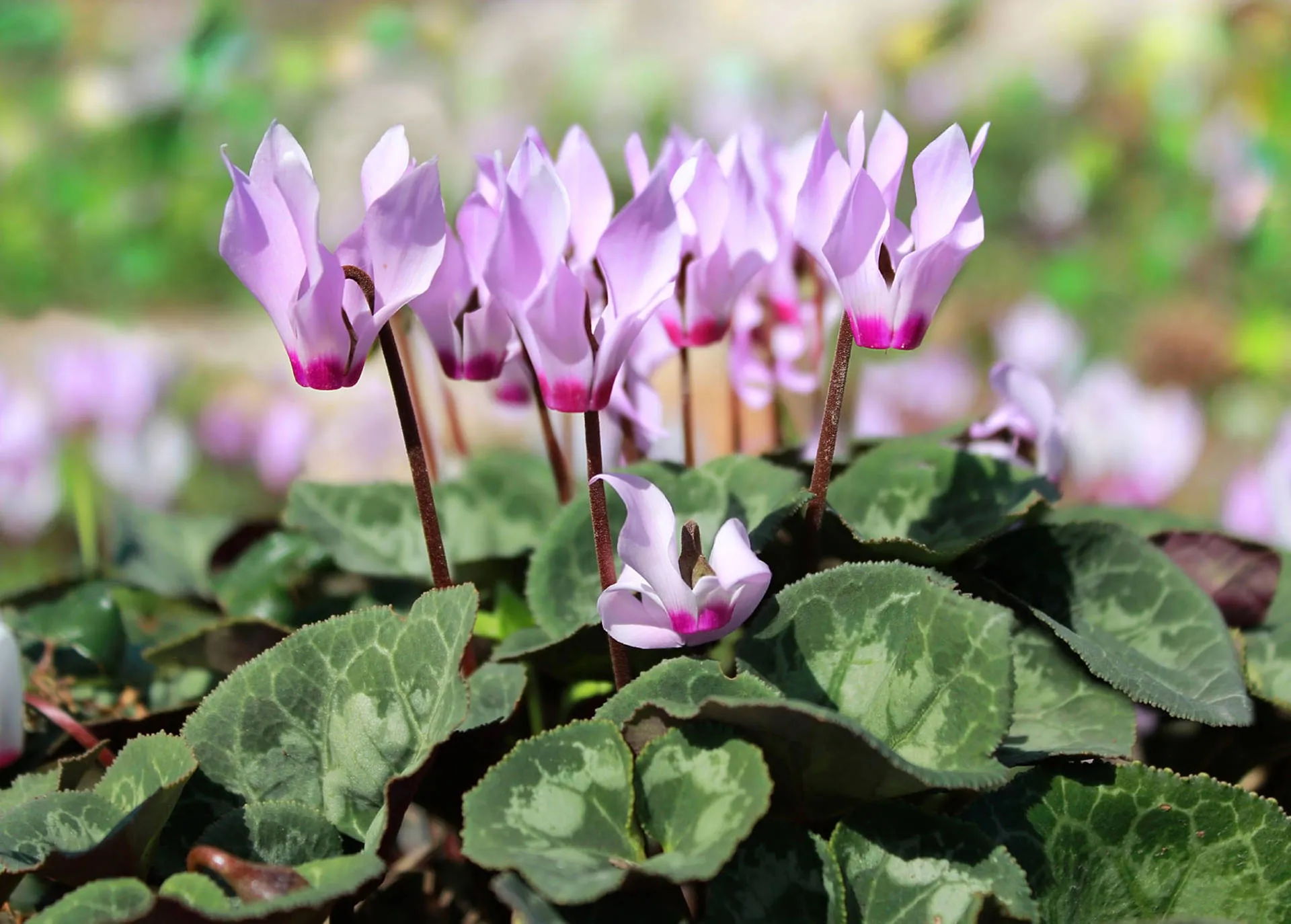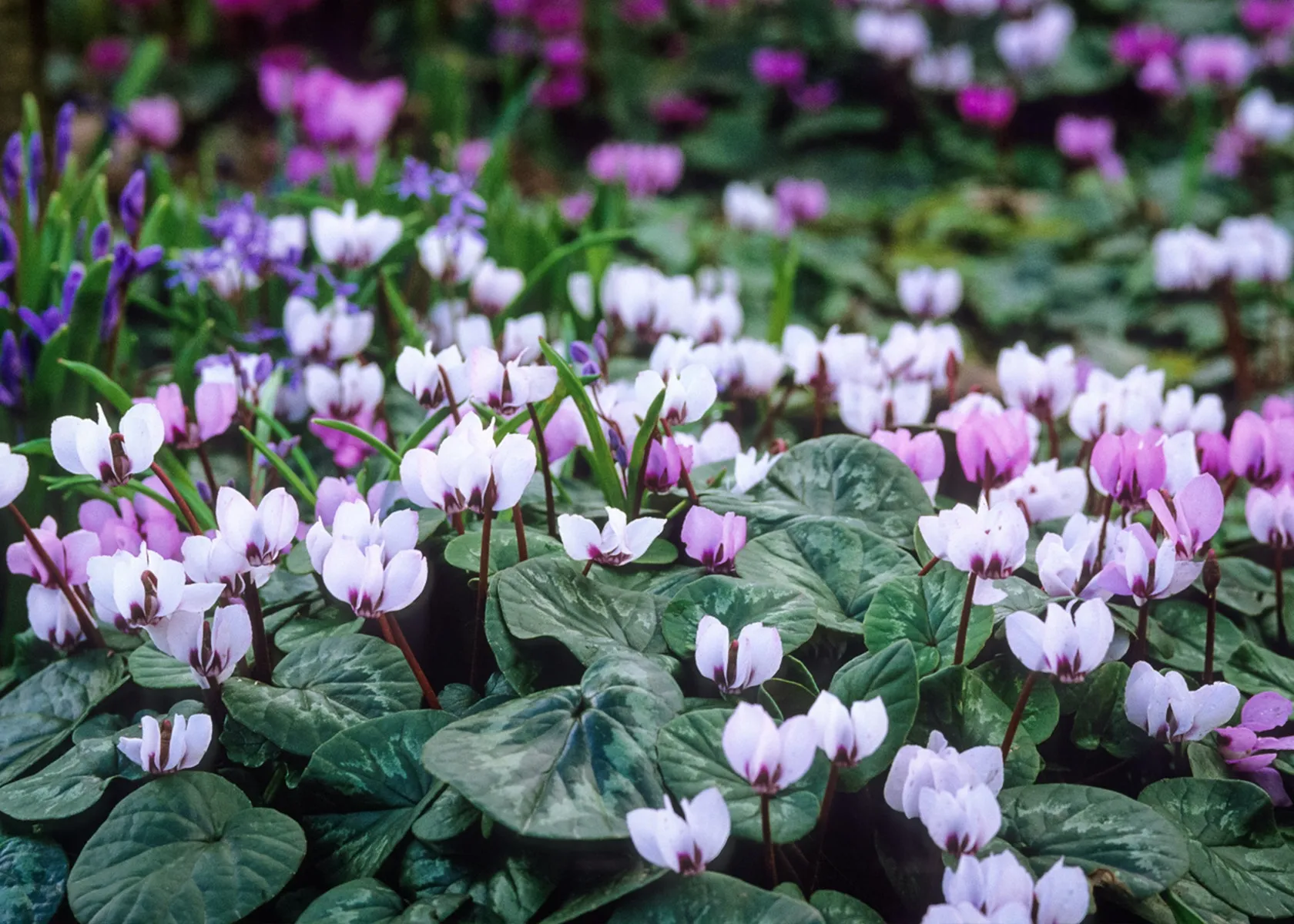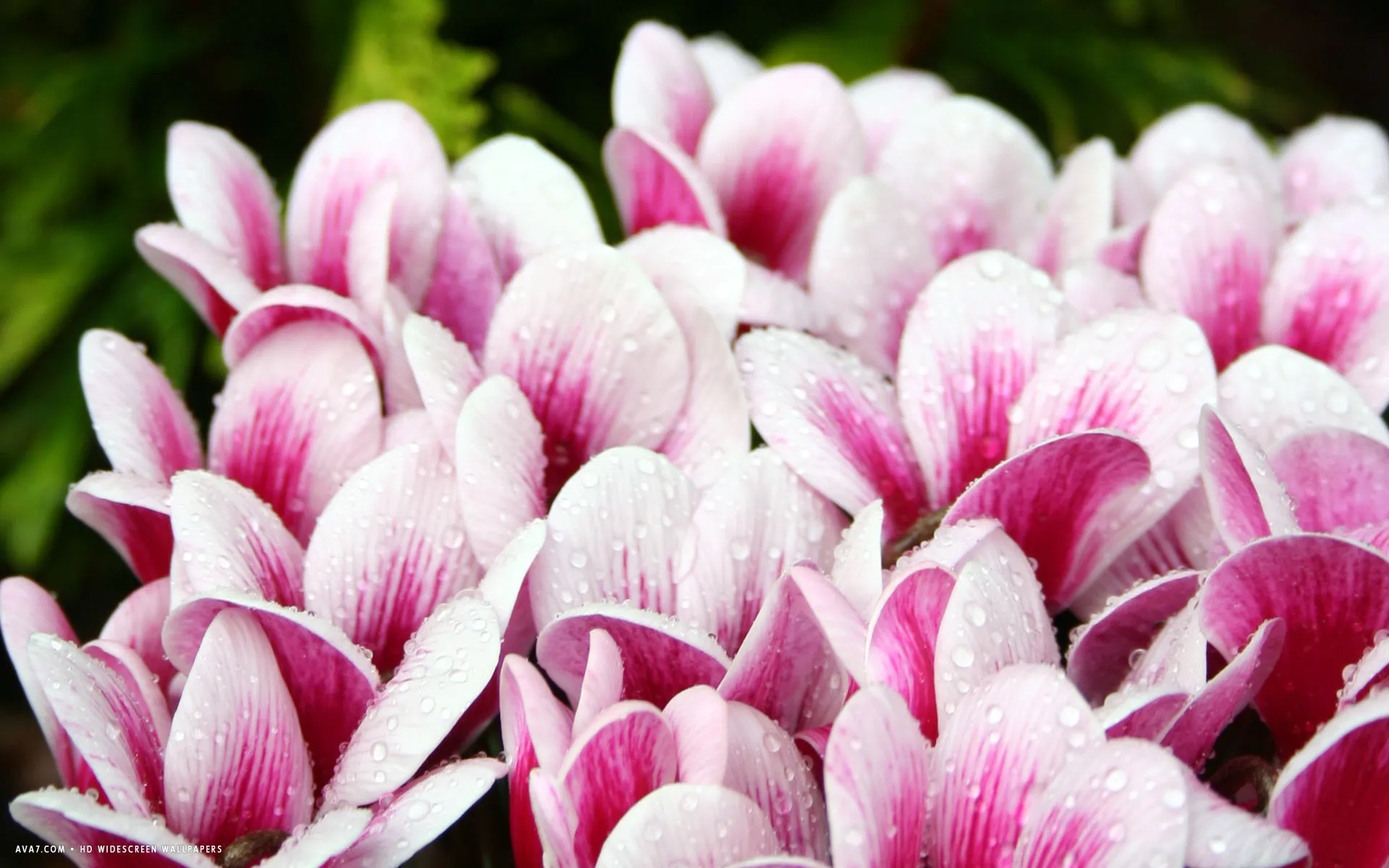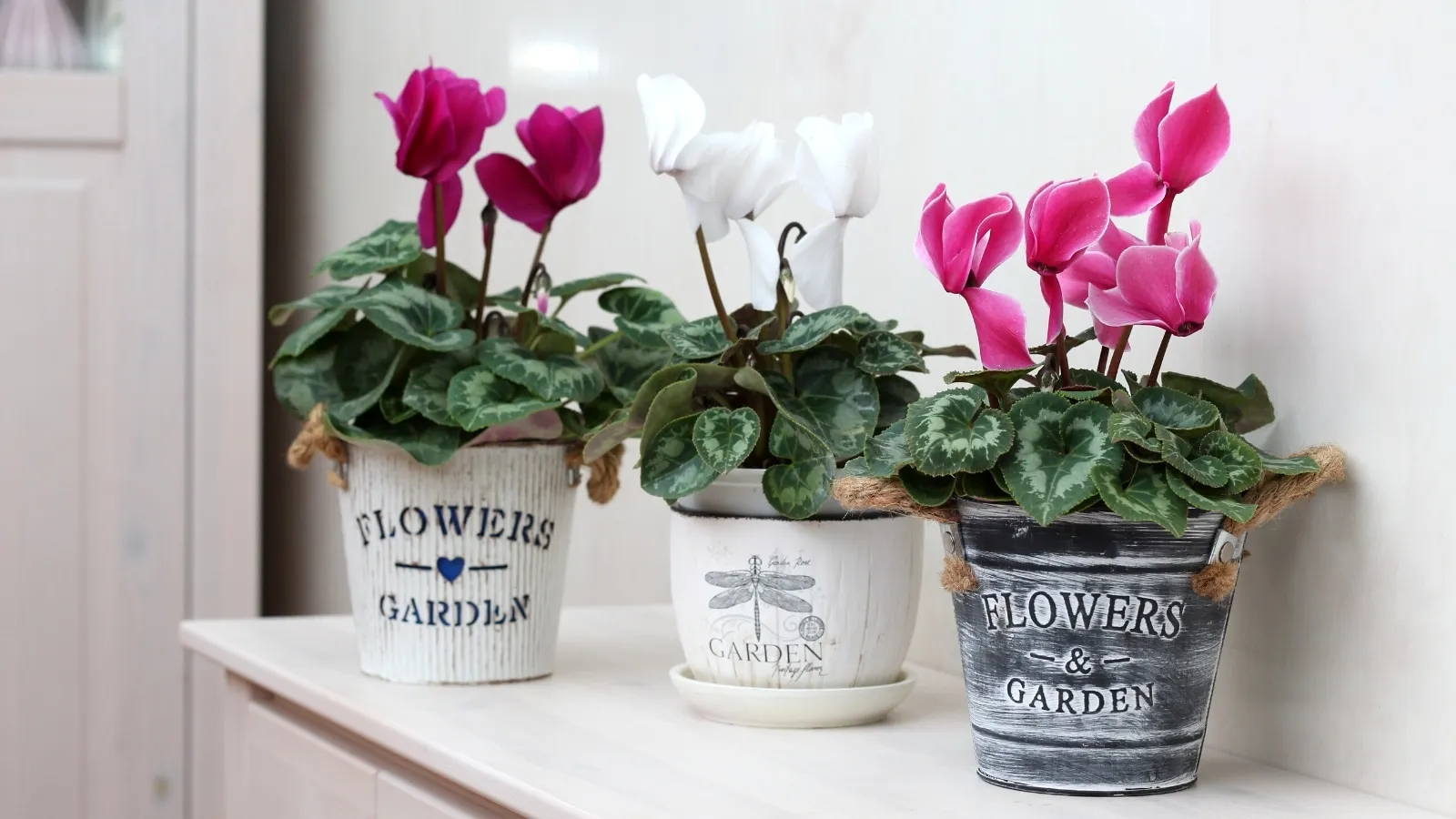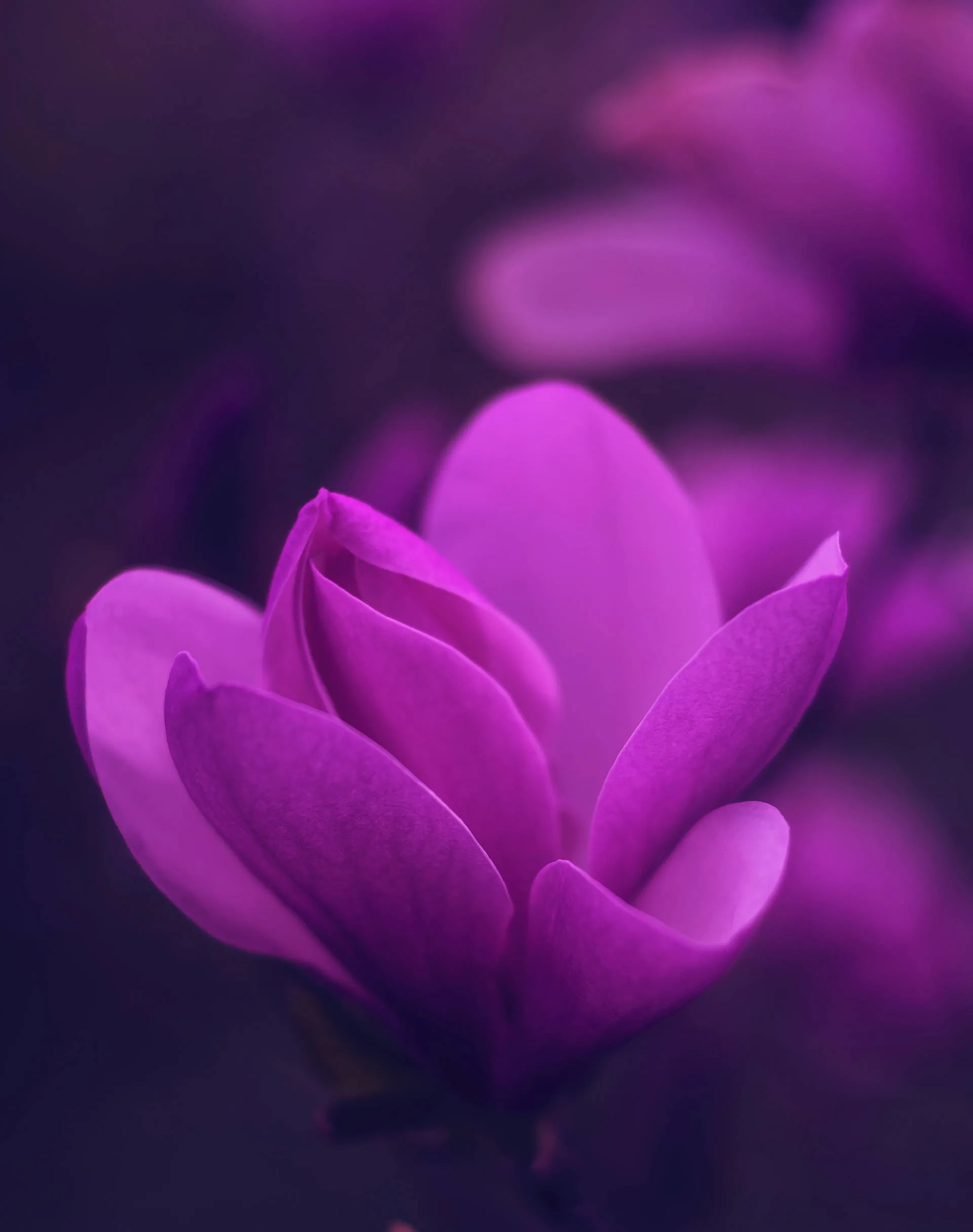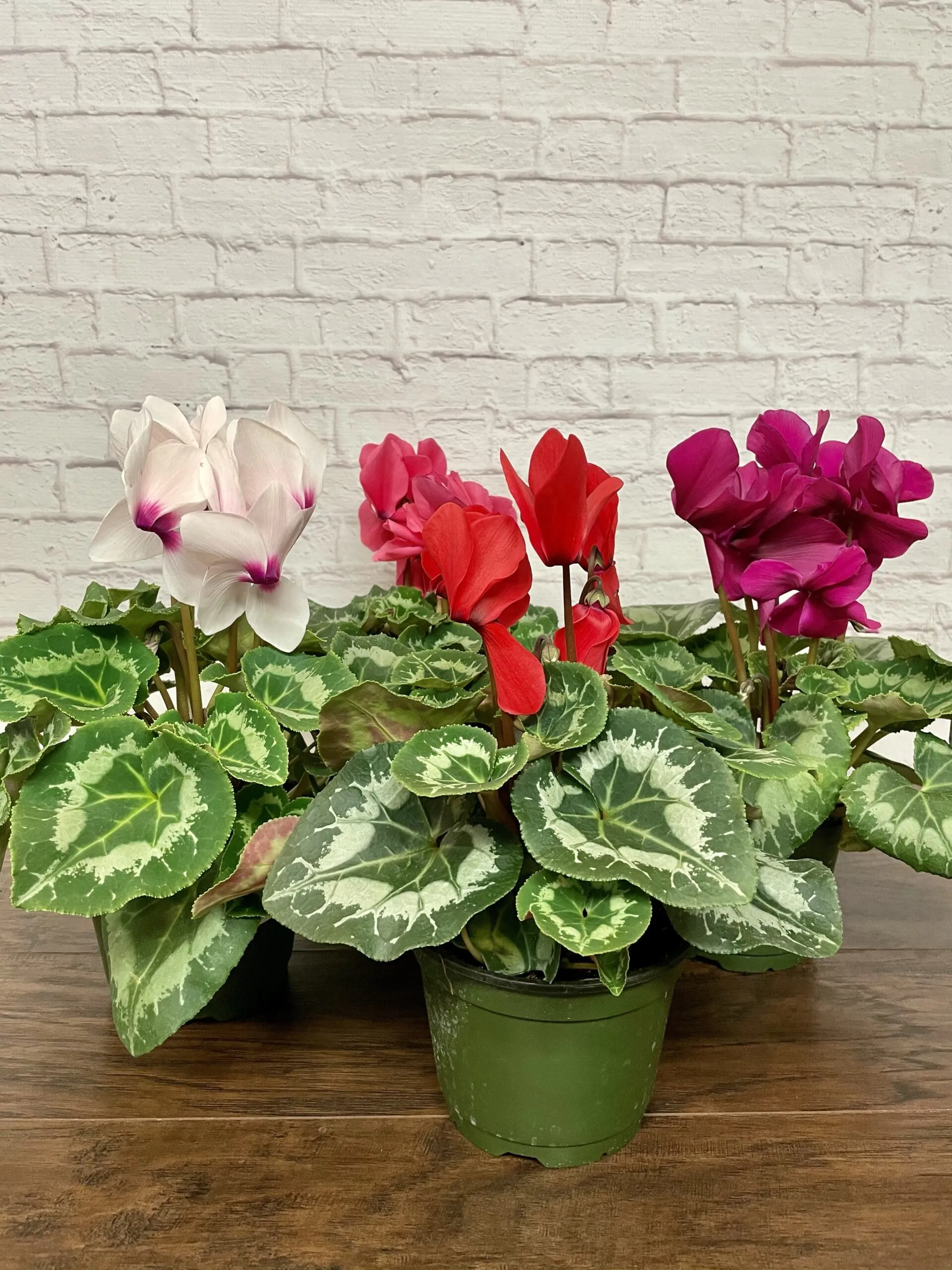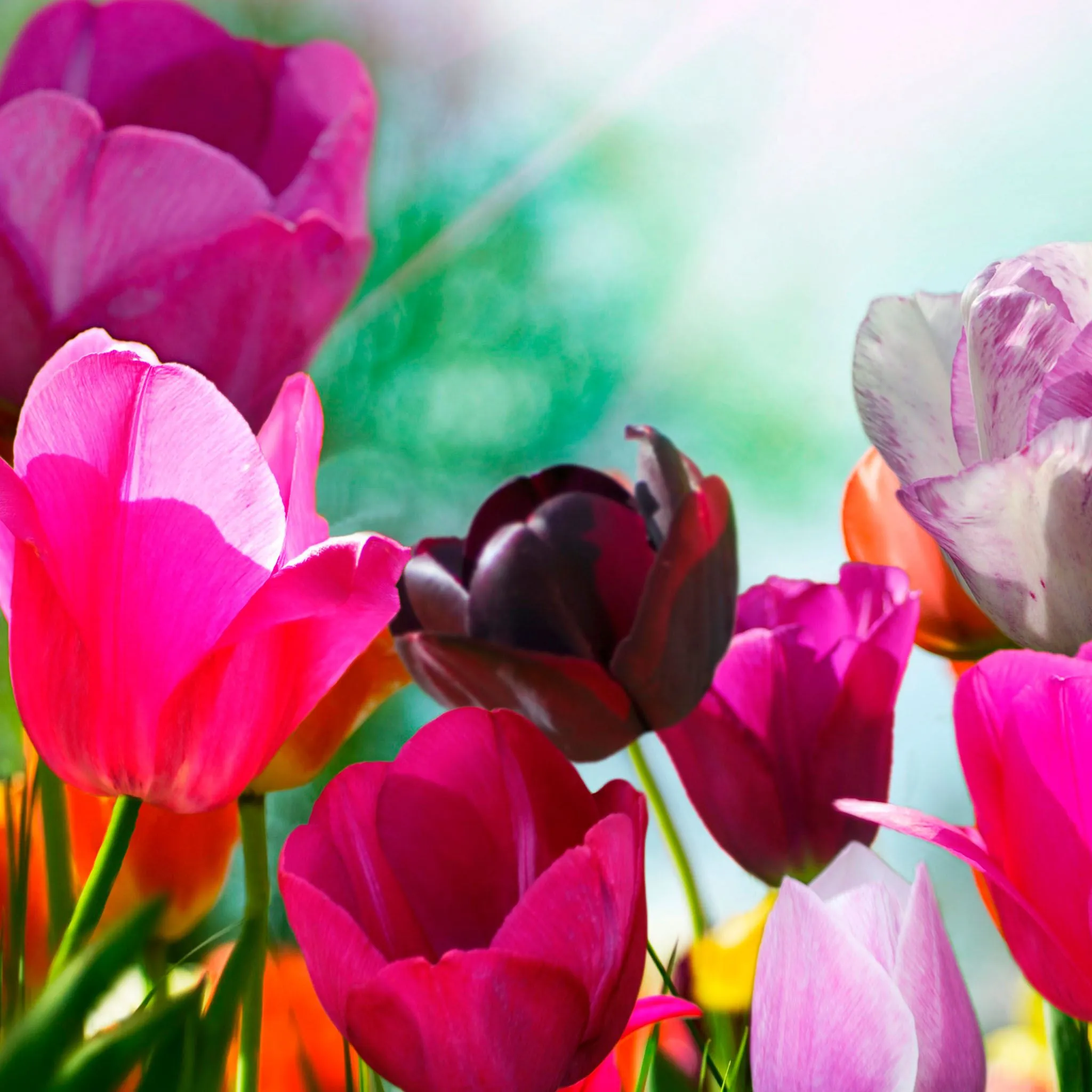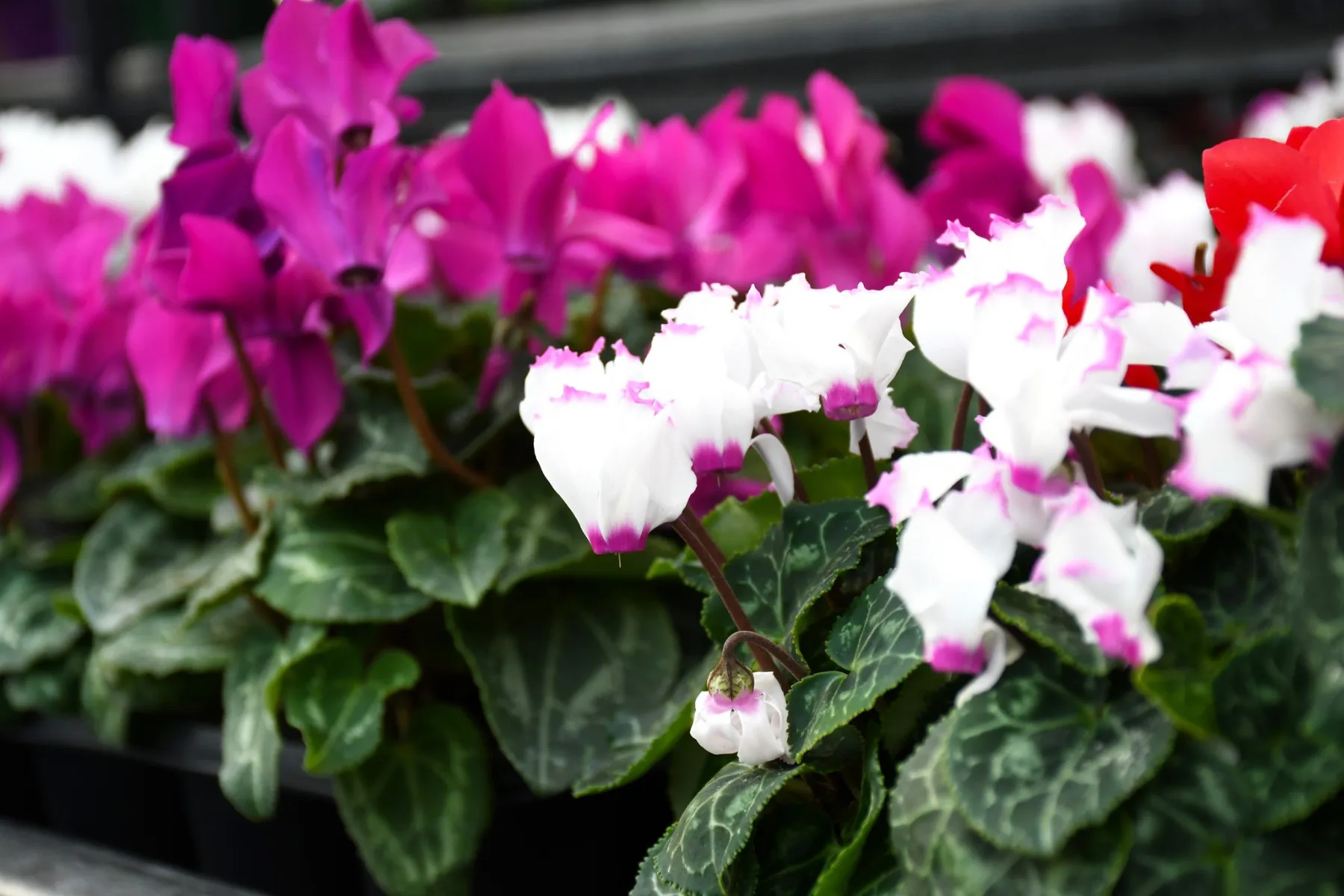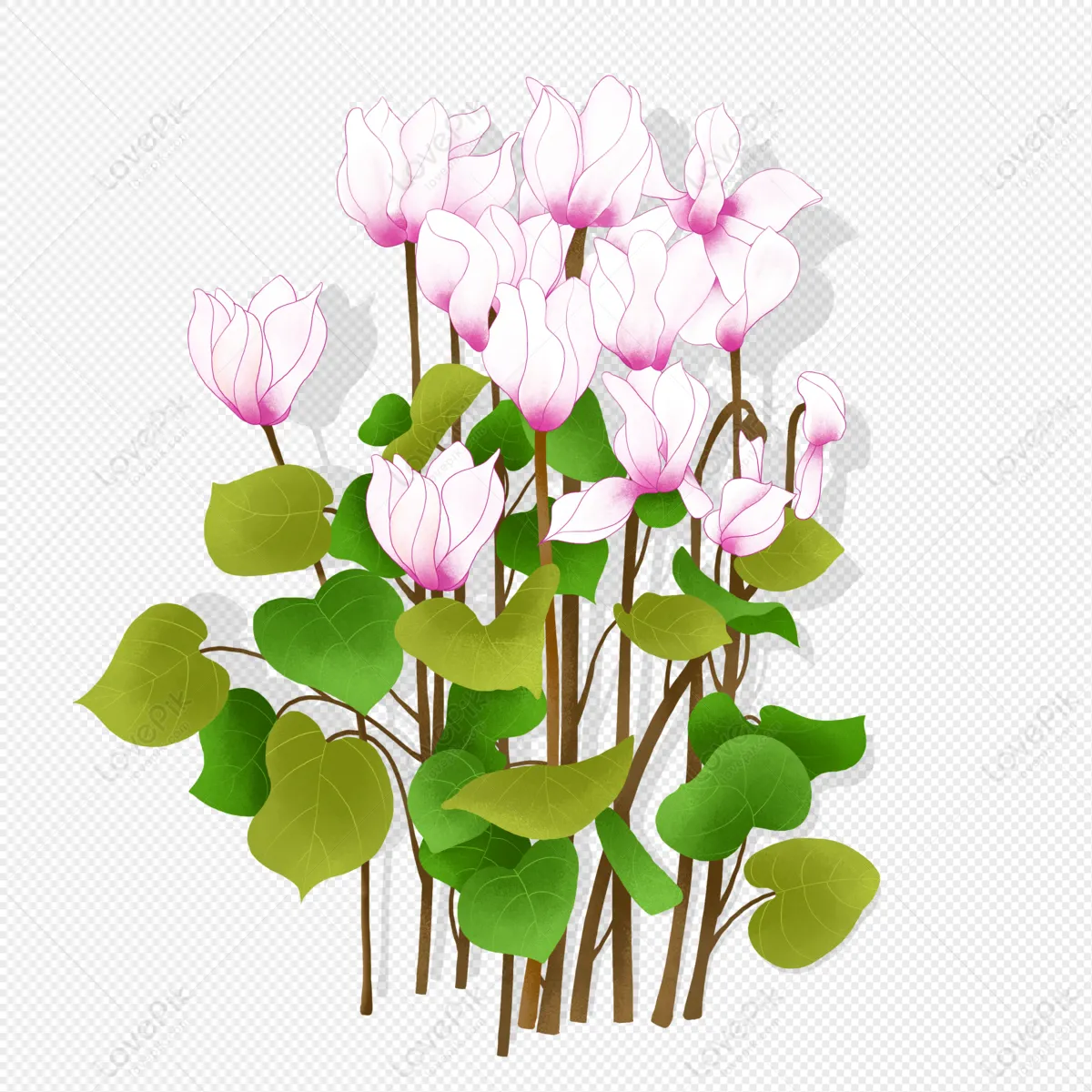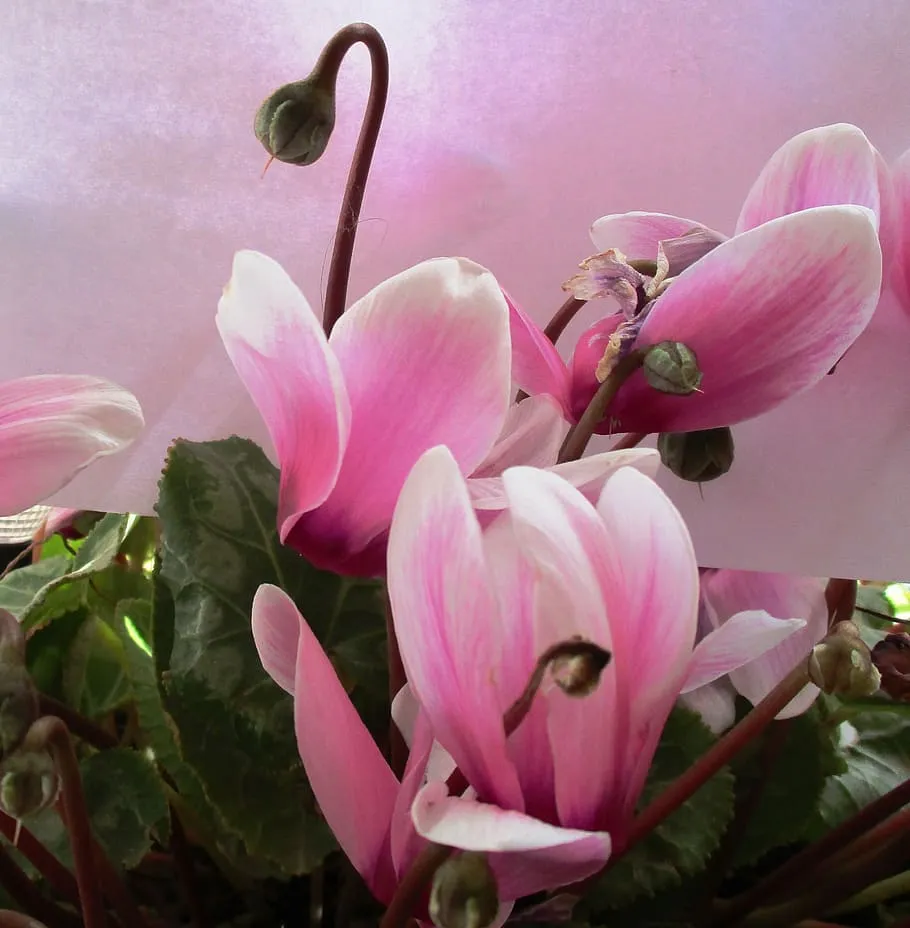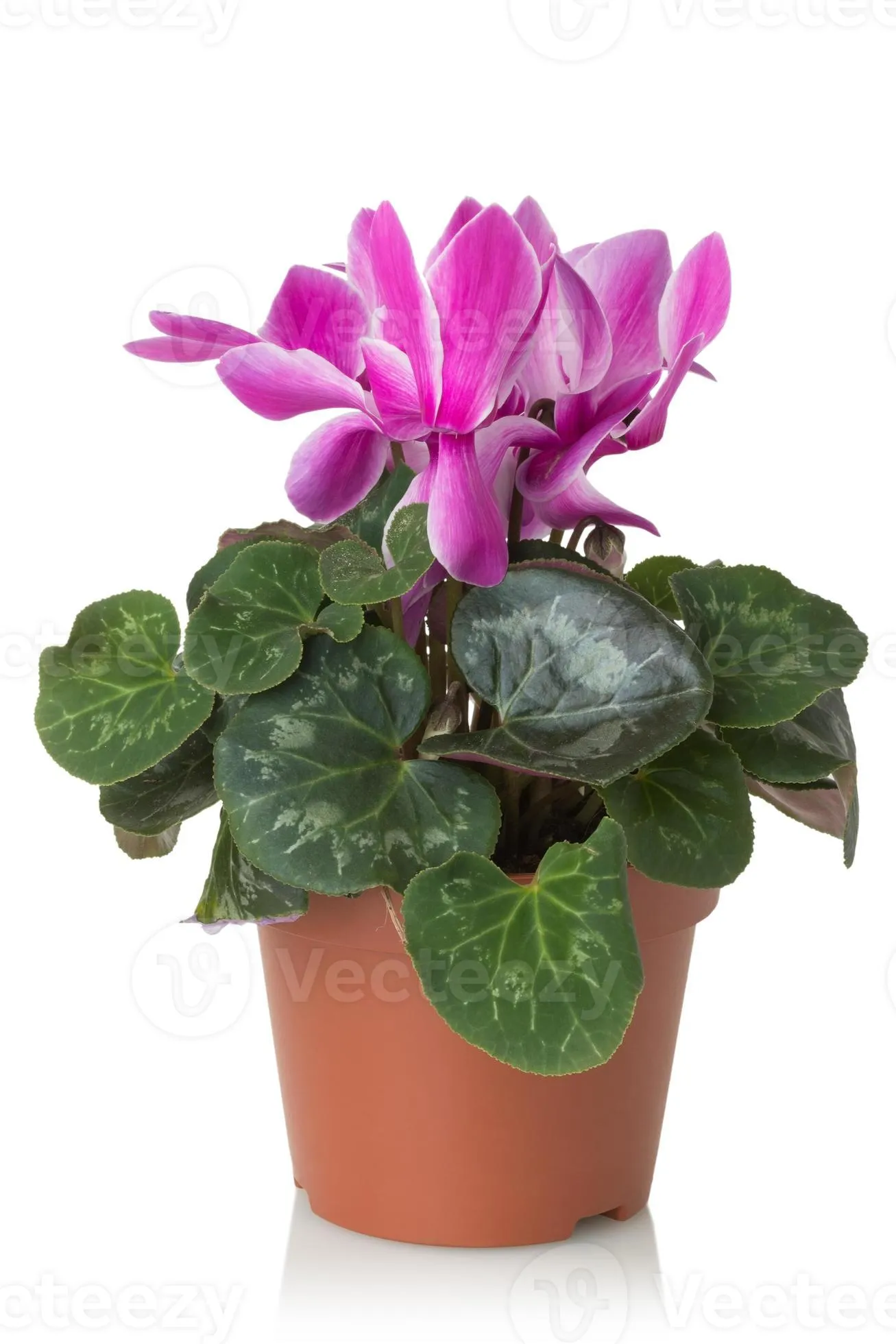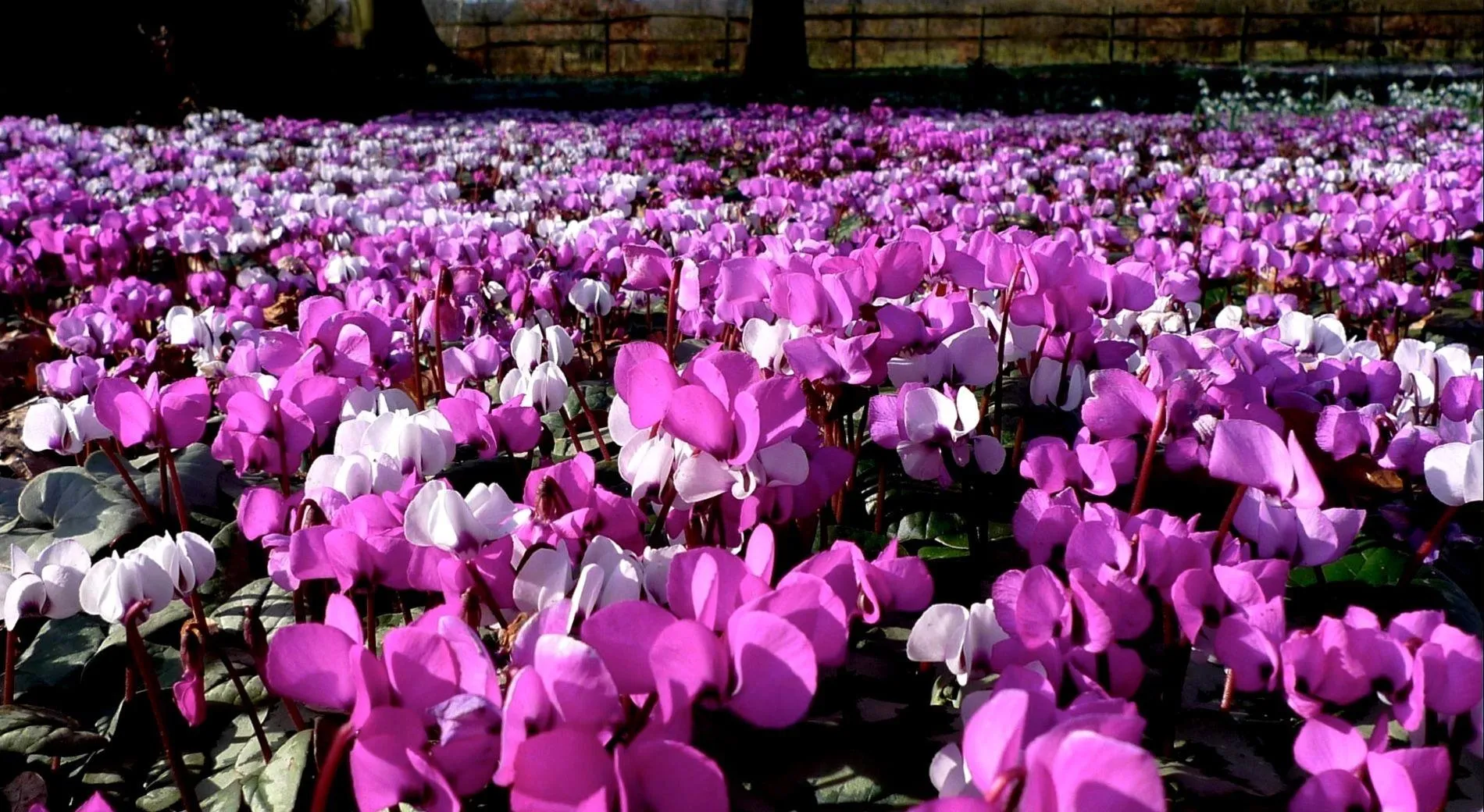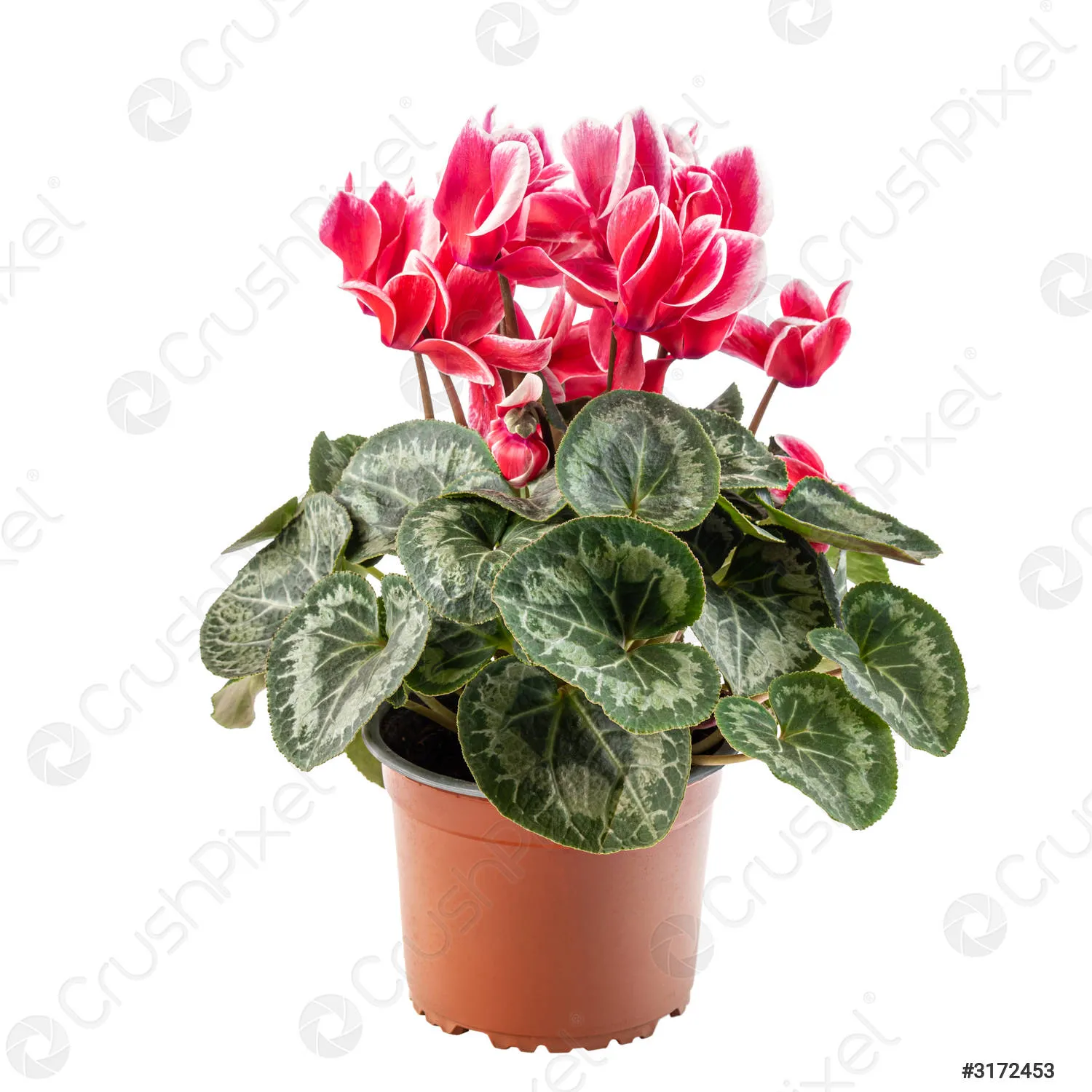Cyclamen: A Charming Houseplant
Cyclamen is a beautiful and popular houseplant, known for its striking flowers and unique foliage. This plant is a member of the Primulaceae family and is native to the Mediterranean region. Cyclamen is a versatile plant that can be grown both indoors and outdoors, making it a popular choice among gardeners and plant enthusiasts. Cyclamen is a great choice for those who are looking for a low-maintenance houseplant that adds a touch of elegance to any space. In this article, we will explore the various aspects of Cyclamen, including its history, care, and propagation.
History of Cyclamen
Cyclamen has a rich history that dates back to ancient times. It was first mentioned in Greek mythology, where it was associated with the goddess Persephone. According to legend, Persephone was picking Cyclamen flowers when she was kidnapped by Hades, the god of the underworld. Cyclamen has also been used for medicinal purposes for centuries. The plant was believed to have healing properties and was used to treat a variety of ailments, including headaches, digestive issues, and respiratory problems. Today, Cyclamen is primarily grown as a decorative houseplant. It is valued for its unique foliage and striking flowers, which come in a range of colors, including white, pink, red, and purple.
Care for Cyclamen
Cyclamen is a relatively low-maintenance plant, but it does require some specific care to thrive. Here are some tips for keeping your Cyclamen healthy and happy:
Light
Cyclamen prefers bright, indirect light. It should be placed in a location that receives plenty of natural light but is not exposed to direct sunlight. Direct sunlight can cause the leaves to burn and the flowers to wilt.
Watering
Cyclamen likes to be kept moist but not wet. Water the plant when the soil feels dry to the touch, but be careful not to overwater it. Overwatering can cause the roots to rot and the plant to die. It's also important to avoid getting water on the leaves and flowers, as this can cause them to rot.
Temperature
Cyclamen prefers cool temperatures between 50 and 60 degrees Fahrenheit. It does not do well in hot, dry environments, so it's important to keep it away from heating vents and other sources of heat.
Fertilizer
Cyclamen should be fertilized once a month during the growing season (usually from fall to spring). Use a balanced, water-soluble fertilizer and follow the instructions on the package.
Repotting
Cyclamen should be repotted every year or two, depending on its size and growth rate. Use a well-draining potting mix and a pot that is slightly larger than the current one. Be careful not to damage the roots when repotting.
Propagating Cyclamen
Cyclamen can be propagated through seed or division. Here are the steps for each method:
Propagating Cyclamen from Seed
- Collect the seeds from the plant when the seed pods turn yellow and begin to split open.
- Soak the seeds in warm water for several hours to soften the seed coat.
- Plant the seeds in a well-draining potting mix and cover with a thin layer of soil.
- Water the seeds lightly and cover the pot with plastic wrap to create a humid environment.
- Place the pot in a bright, warm location (around 70 degrees Fahrenheit) and keep the soil moist.
- The seeds should germinate in two to four weeks.
Propagating Cyclamen by Division
- Wait until the plant has finished blooming and the leaves have started to die back.
- Carefully remove the plant from its pot and gently shake off the soil.
- Divide the plant into several sections, making sure that each section has a healthy root system.
- Plant each section in a well-draining potting mix and water lightly.
- Place the pots in a bright, cool location and keep the soil moist.
- The new plants should begin to grow in a few weeks.
Conclusion
Cyclamen is a beautiful and unique houseplant that adds a touch of elegance to any space. With its striking flowers and unique foliage, it's no wonder that it's such a popular choice among gardeners and plant enthusiasts. By following the care tips outlined in this article, you can keep your Cyclamen healthy and happy for years to come.
Frequently asked questions about Cyclamen wallpapers
What is Cyclamen?
Cyclamen is a genus of flowering plants that are native to the Mediterranean region. They are commonly grown as houseplants and are known for their beautiful, colorful flowers.
How many Cyclamen pictures do you have on your website?
We have a total of 37 Cyclamen pictures available for download on our website.
Are the Cyclamen pictures free to download?
Yes, all of the Cyclamen pictures on our website are available for free download.
What file types are available for download?
We offer three file types for download: .jpg, .png, and .webp.
Can I choose different sizes for the Cyclamen pictures?
Yes, you can choose different sizes for the Cyclamen pictures by selecting the width and height you prefer.
How many different sizes are available for download?
We offer a variety of sizes for download, ranging from small to large. You can choose the size that best fits your needs.
Do you automatically detect the visitor's mobile screen size?
Yes, our website automatically detects the visitor's mobile screen size and chooses the appropriate size for download.
Can I download all of the Cyclamen pictures at once?
No, you cannot download all of the Cyclamen pictures at once. However, you can download each picture individually.
Do I need to create an account to download Cyclamen pictures?
No, you do not need to create an account to download Cyclamen pictures. They are available for free download to all visitors.
Can I use the Cyclamen pictures for commercial purposes?
No, the Cyclamen pictures on our website are for personal use only. If you would like to use them for commercial purposes, please contact us for permission.
Can I share the Cyclamen pictures on social media?
Yes, you can share the Cyclamen pictures on social media as long as you give credit to our website.
Do you offer any other houseplant pictures on your website?
Yes, we offer a variety of houseplant pictures on our website, including succulents, ferns, and more. Check out our website for more information.



